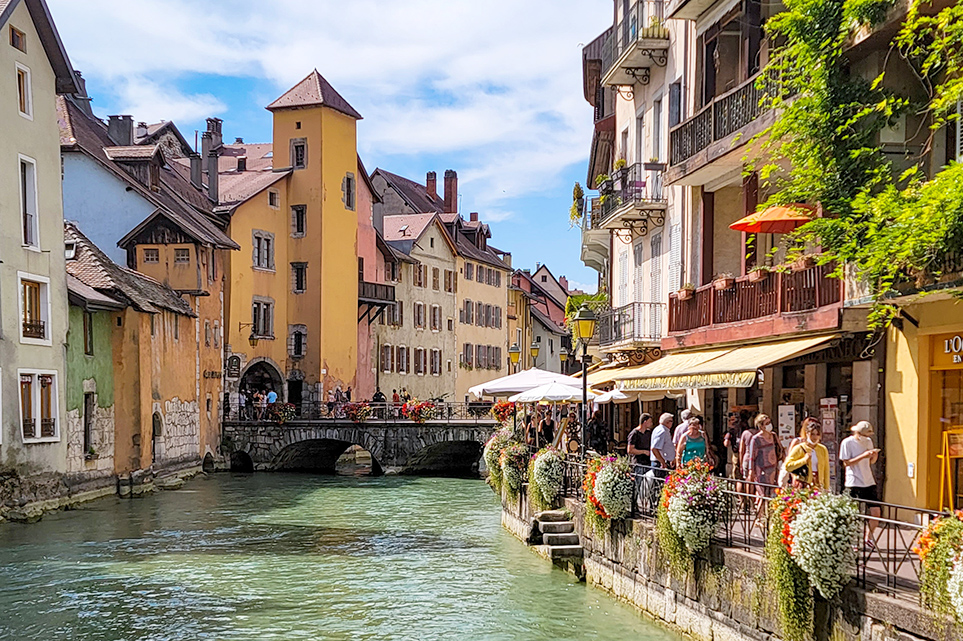Austria
Austria is a stunning country replete with history and culture. Austria offers an endless list of things to see and do, from gorgeous churches, engaging museums and epic towering castles. Although Austria is one of the smallest countries in Europe, it offers spectacular natural landscapes such as the Eastern Alps, the Northern Bohemian Forest, or the Danube River.
For music lovers, it is the home of Mozart and the ‘Sound of Music”. For the foodies, it is home to the Wienerschnitzel. For the wine connoisseurs, it is home to Wachau Valley vineyards. It is home to the world’s first postcard. No matter what your love is, Austria likely has something just for you.
Austria is a popular holiday destination in Europe. No matter when you plan to visit, you will find a considerable amount to do there, and the great thing about the country is that even in the winter, it is as exciting as the summer. Austria is breathtaking and ought to be on your list.
Things to See and Do in Austria
Typical Costs When Travelling
Accommodation – The least expensive accommodations in Austria are dorm-style hostels starting around 30 – 50 EUR per night. Hostels will typically have dorm-style bedrooms with a shared bathroom. However, if you want a private room and other amenities, expect the rate to be higher.
Three-star budget hotels range from 80-120 EUR per night for a double room. In Vienna, to be in the city center, expect to pay around 170-300 EURO per night. Another great option is Airbnb accommodations which can offer you private rooms or entire homes starting at approximately 60 EURO per night.
(Visit Hotels.com or Airbnb for accommodations)
Food – The cuisine will vary depending on the region of Austria you plan to visit. The food in the eastern region is like Hungarian food, while the western region has a German influence. Much of the Austrian cuisine includes two basic stables: meat and potato!
An average restaurant meal serving traditional cuisine will cost approximately 15 EUR per person. However, if you want to dine at a more upscale restaurant, expect to pay about 25 EUR per person.
To reduce your food cost, eat local traditional dishes that can be easily purchased at a local market, such as schnitzel, goulash, sausages, and potatoes. Of course, fast food is also inexpensive such as McDonald’s or a street-food vendor starting at around 8 EUR.
Alcohol is the cheapest item you might find on the menu! A beer costs around 4 EUR!
(Visit Travelzoo to find the best places to dine!)
Transportation – Due to the prime geographic location, bordering many countries, the public transportation system in Austria is well established. When using public transportation, you will find that the prices vary by city. Expect to pay around 2.40 EUR for a standard adult ticket. If you plan to stay for multiple days in one city, you will want to purchase the multi-day pass, such as a 48-hour pass is 14.10 EUR.
ÖBB (The Austrian Federal Railways) is the best railway system with both domestic and international routes. They’re fast and affordable, with ticket prices average 8- 10 EUR (depending on the distance). Tickets to nearby cities outside of Austria are quite affordable, often costing as little as 10 EUR each way. Visit the ticket counter, or you can purchase tickets from vending machines at the train station.
Flixbus offers a wide range of bus routes across Austria and is the cheapest way to travel. Here are some other bus options: www.postbus.at or www.oebb.at . A ride from Vienna to Graz can cost as low as 9 EUR. Of course, the bus is cheaper than the train, but the bus time will be longer.
BlaBlaCar is another option for transportation, offering a rideshare program. You will need to look in advance and reserve for popular routes. You may be required to help pay for gas, but it is another option.
Hitchhiking is common in Austria. If you want to consider hitchhiking throughout Austria, visit HitchWiki.
Activities – Austria is the place to be if you love outdoor activities. Free hike and bike trails are available. To rent a bicycle will depend on the type of bike and the length of time. Bike rentals start at around 25 EUR a day. Within many major cities, you can find free walking tours, but expect to pay a tip to the tour guide at the end of the tour. If you plan to ski, expect to pay about 60 EUR for lift passes per day, and equipment rental is around 60 EUR. Admission to historic sites ranges from 18-30 EUR per person.
Check websites of the places or activities you would like to explore while in Austria to get an accurate price.
Suggested daily budget – Austria is rich with historical sites and is known for the many great musical performances and ballets. The geographical terrain makes it an excellent destination for those that love outdoor sports any time of the year. Austria by no means is an inexpensive travel destination, so having a budget will help prepare you for a visit. An average daily budget should be approximately 145 EUR per person, including hotel, transportation, meals, and sightseeing. A week’s vacation for two people costs around 2,000 EUR staying at mid-range hotels.
Money Saving Tips
Accommodations, eating out at restaurants, and exploring a few activities can quickly be expensive in Austria. Here are some helpful tips to help save you money when you visit:
What can I expect from Austria?
- Language: The official language is Austrian German. Some locals speak Alemannic or Austro-Bavarian, depending on the location.
- Currency: The currency is Euro (EUR). $1 USD is equivalent to 0.90 EUR.
- Plugs: The plus is Type F, the standard voltage is 230V, and the standard frequency is 50 Hz. I recommend buying a universal adapter and using a converter for hair tools.
- Safety: Austria is a safe country. However, pickpockets and tourist scams are common in major cities. Practice good common sense and take precautions no matter where you are traveling.
- Credit Cards & ATM: Try to stick to using a credit card to get the best exchange rate. Most credit cards are widely accepted in Austria. However, if you need cash, you will find ATMs in almost all cities and towns throughout Austria; expect to pay a service fee.
- Vaccination Requirements: All travelers must present a negative PCR test no older than 72 hours or an antigen test of 48 hrs. Arrivals from red countries and Cyprus and Spain are required to show a PCR test, while an antigen test is not accepted. In addition, anyone entering Austria will be required to self-quarantine for ten days. Arrivals from green countries are exempt, as well as vaccinated arrivals from other countries. Please visit Tripsguard for updates on Austria requirements.
- Weather: Austria is a country with four-seasons weather, so plan your visit accordingly. Unless you want to ski or enjoy frigid weather, the best time to visit Austria is April through October.
- Souvenirs: The best souvenirs to purchase while in Austria is porcelain. Austria is also known for its specialty chocolate, such as the Mozart chocolates or Demel’s confectionery. If you enjoy a good glass of wine, Austria is also known for white wines.
November 10, 2021








